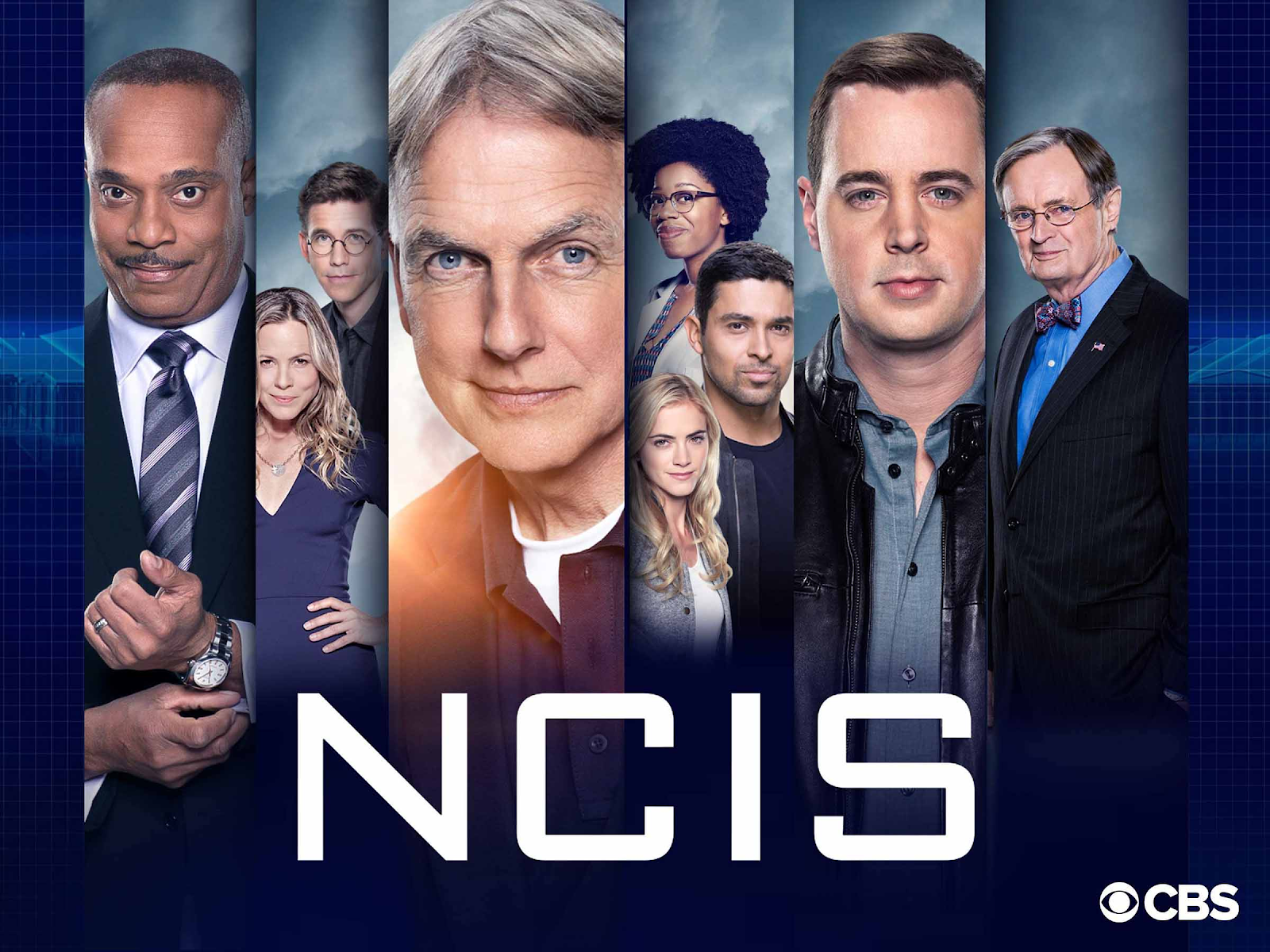Introduction to TV drama
Factsheet #164 on Television Serial Drama:
1) What is serial television drama? Write your own definition.
Traditionally the drama serial differs from a drama series in that it tells a story, and delivers narrative resolution, in a number of parts over a period of time.
2) List five of the TV dramas discussed in the history of the genre on page 1 of the factsheet. How has the genre evolved over time?
Drama series’ such as ABC’s The Avengers (1961-1969) and Danger Man (1962-1968) being notable examples. Euston Films, creators of The Sweeney (1975-1978) and Minder (1979 – 1994), were among the first UK companies to make filmed TV drama largely aimed at the domestic market. This model of making television drama was not widely adopted by the industry until the 1990s. Today all television drama is all shot on film and made like a film, with the same high quality productions values.
3) List the sub-genres of TV drama featured in the factsheet. Come up with your own example of an existing TV drama to fit each category.
Family, Teen, Medical, Science fiction/Fantasy, Period (costume), Police procedural crime
4) Why is setting so important for TV drama?
Setting. Serial dramas play out in a ‘precinct’ or communal location inhabited by the ensemble cast of characters. In police serials, this is literally a police precinct, like the Miami Metro Police Department in Dexter, or the upstairs and downstairs worlds of Downton Abbey. Serial dramas that tend to focus on a story of the week, invariably ‘cops and docs’, are generally based around a location as opposed to one or two leading characters.
5) How do TV dramas typically use character? What audience pleasures can be linked to character in TV drama? (Hint: Uses & Gratifications theory!)
Unlike the early drama series, characters in serial dramas go on a journey, allowing them to change and develop – although not too much or they run the risk of outliving their function in the narrative. More often than not their presence in story of the week forces the guest characters to change and grow. This is especially true of medical dramas like House, ER and Casualty. These character journeys are called ‘arcs’ and for the lead characters often span a whole season of episodes or even several seasons. In the words of Breaking Bad’s creator Vince Gilligan, Walter White “transforms himself from Mr Chips into Scarface.” Conversely, Jessie Pinkman’s struggle for redemption is the opposite of Walter White’s tragic character arc.
6) What is a multi-strand narrative? Give an example of a TV drama that features a multi-strand narrative.
Television serial drama lends itself to multi-strand storytelling. Medical dramas like Casualty usually have two or more stories running concurrently in an episode, in addition to any serial beats. A heavy serialised drama like Downton Abbey serves its large cast of characters by playing out multiple stories in the space of an episode and developing these stories across a whole series.
7) What is a cold opening?
Operating in a tough, commercial environment, drama producers need to hook and maintain their audience with every episode. As a result, they employ a teaser at the beginning to hook the audience and keep them watching. This is also referred to as a cold opening to generate enigma or intrigue before the title sequence or first commercial break.
8) How can Todorov's theory of equilibrium be applied to TV drama serials?
Generally, stories move through Todorov’s narrative stages though often without the return to equilibrium at the end of each episode. Most police procedurals, however, provide narrative resolution (and reassurance) to fulfil the audience’s need for answers.
9) What is the typical form for TV dramas and how are the programmes typically distributed to an audience?
The length of a ‘season’, as well as the length of individual episodes, vary according to the institution producing and distributing the programme. In the US, the commercial networks (ABC, CBS, NBC) schedule most of their drama serials in blocks of twenty-four one-hour episodes, effectively spanning half the calendar year. Reliant on funding through advertising, this impacts upon the text in a number of ways. In an effort to attract advertisers the content is more conservative and adheres to mainstream ideologies; excessive swearing and violence is also rare. In order to accommodate so many commercial breaks the running time of a network drama is around 42 minutes, presenting more simplistic narratives that can weather frequent interruption. (Though in an age of streaming and box set consumption these considerations may become less important in the future).
10) How have subscription channels (such as HBO) and streaming services (such as Netflix and Amazon Prime) changed the form and content of TV dramas?
Drama serials presented on subscription cable channels, such as HBO, AMC and Showtime are not governed by the same considerations, hence their dramas allow for a lot more adult and challenging content. The Sopranos (HBO), Breaking Bad (AMC), and Dexter (Showtime) with their anti-hero protagonists would not play on free-to-air network television as many potential advertisers would not want to associate their products with such content. Cable channels and services like Netflix and Amazon Prime also often commission shorter runs (between six and thirteen episodes) and do not need to stick to rigid running times.
11) Choose a TV drama and do your own analysis of it using the SETTING / CHARACTERS / NARRATIVE / FORM headings as featured on page 3 of the factsheet.
EASTENDERS: Set in the fictional borough of Walford in the East End of London.
12) How might the TV drama genre evolve in future?
As the film industry moves towards a model of making only high or low budget films, television drama is filling the void vacated by the mid- budget movie (which is much harder to turn a profit on). As Hollywood concentrates on superheroes, special effects and high octane action, many film actors are turning to television to play ‘difficult’, often morally ambiguous, characters in more complex and challenging narratives. This trend is likely to continue. However, as television - with the aid of co-production budgets - makes bigger and more international content there is a fear that the TV producers are moving away from making smaller scale content aimed primarily at domestic audiences.


Comments
Post a Comment